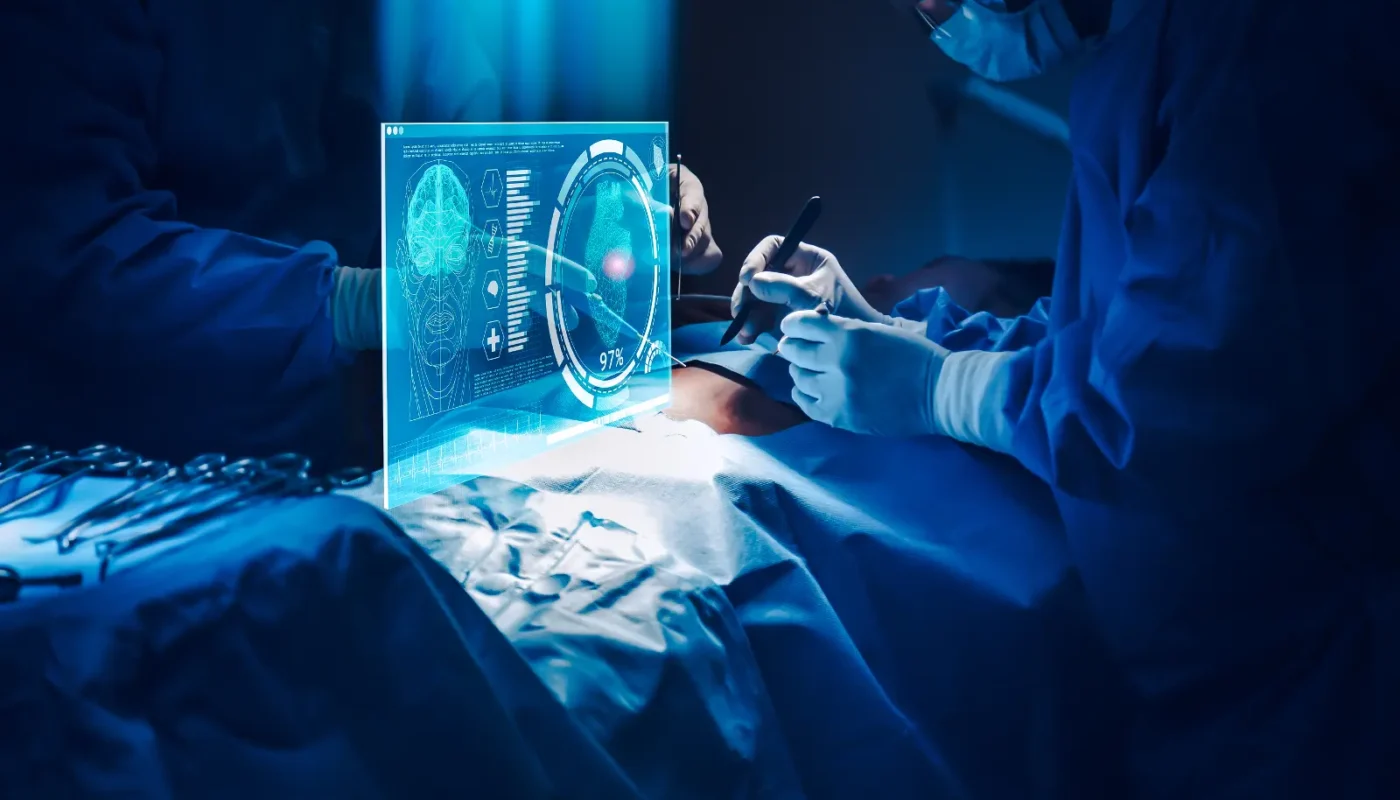Introduction
Augmented reality (AR) is rapidly changing various industries by merging the digital and physical worlds. One field where AR is poised to make a huge impact is healthcare. With advancements in AR technology, clinicians can now access patient data, images and other vital information overlaid directly in their field of vision. This enables more informed decision making and improved collaboration between medical professionals.
AI Assisted Diagnosis
With AR, vital patient data can be overlaid on top of a doctor’s real-world view through smart glasses or tablets. This allows physicians to access a patient’s full medical history, scans, tests and prior diagnoses without needing to look away or switch screens. Deep learning algorithms are also being utilized to analyze scan data, symptoms and other information to provide AI-assisted diagnosis. Some AR tools can even detect abnormalities or areas of concern in scans and highlight them for radiologists. This extra layer of artificial intelligence helps catch subtle findings and reduces diagnostic errors.
Remote Consultations and Training
The pandemic highlighted the importance of telemedicine and remote collaboration between healthcare providers. AR enables new forms of virtual consultations where doctors in different locations can come together through their AR devices. Specialists can see what the primary physician is visually observing and guide treatment decisions. AR is also being used to train medical students and junior doctors. Experienced surgeons can stream live intraoperative footage and overlay annotations to guide trainees through complex procedures from a distance. This breaks down geographical barriers and improves access to expertise.
Surgical Navigation and Therapeutics
On the operating table, AR is enhancing precision and outcomes. Specialized AR systems overlay pre-operative scans onto a surgeon’s real-time view of the patient. This allows image-guided navigation and placement of implants or insertion of tools with millimeter level accuracy. Some therapies also utilize AR by projecting light at specific wavelengths and intensities directly onto tissues for better healing. Novel approaches include using AR to guide minimally invasive surgeries by showing obstructed areas normally hidden from direct line of sight. This leads to shorter hospital stays and quicker recovery times for patients.
Rehabilitation and Patient Engagement
AR is finding novel applications in physiotherapy and rehabilitation. By turning physical therapy exercises into an engaging virtual experience through AR, patient adherence and motivation increases. Systems track movement and provide feedback for improving form. Gamified interactions and virtual rewards keep patients engaged throughout their recovery journey. AR is also being tested to help manage chronic conditions at home by overlaying important health metrics, monitoring vital signs and keeping patients on track with their care routines for better long-term outcomes.
Data Privacy and Limitations
While the promise of Augmented Reality In Healthcare is huge, there are also challenges that need addressing before it can be widely adopted. Data privacy and security are of utmost importance as sensitive patient information will be accessed and stored. Strict regulations and protocols are required to prevent unauthorized access or leaks. The technology also faces limitations in terms of field of view, bandwidth requirements and potential for cybersickness based reactions from extended usage. Battery life and lightweight portability of AR devices also need improvements for clinical practicality. Overall, if developed responsibly with patient wellbeing and consent as top priorities, AR could truly transform how healthcare is delivered.
Future Outlook
As AR technology matures with 5G and edge computing enabling low latency remote access, its integration into healthcare will only accelerate. Hand-held scanners and smart glasses providing remote diagnosis and treatment anywhere will become commonplace. AR will also increasingly aid surgical robots through image guidance. With continuous innovation addressing present limitations, augmented reality has potential to bridge geographical divides, enhance collaborations between global experts and deliver more personalized, efficient and effective care to improve quality of life for millions worldwide. If realized responsibly, the impacts on global health outcomes could be profoundly positive.
*Note:
1. Source: Coherent Market Insights, Public sources, Desk research
2. We have leveraged AI tools to mine information and compile it



